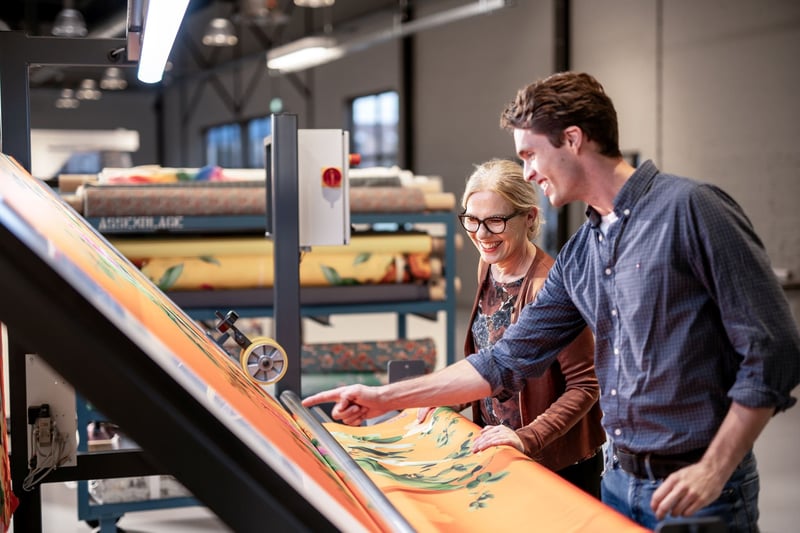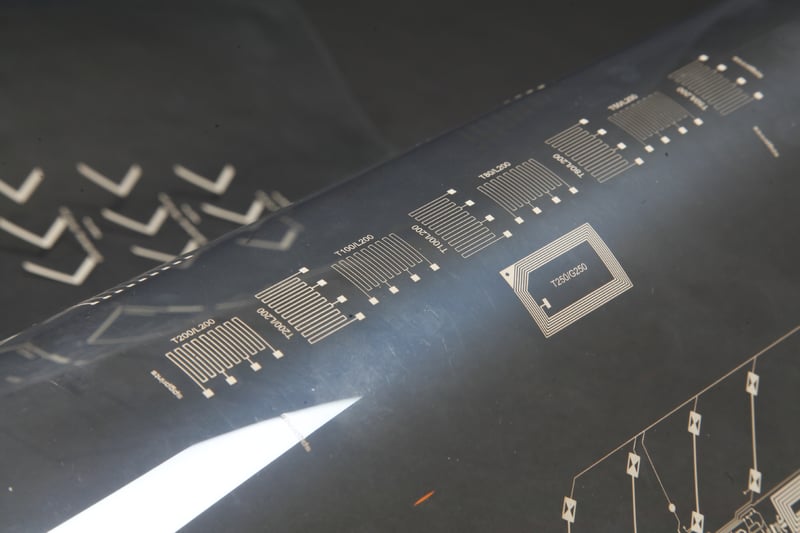The fundamental challenge lies in bridging the gap between innovative, small-scale prototypes and large-scale commercial production. This process involves a multifaceted approach where manufacturers must meticulously identify and invest in the right set of technologies that align with both their current and future production goals. These technologies need to ensure that manufacturing processes are not only cost-effective but also scalable to accommodate increasing demands. This transition is not merely a strategic move; it is an essential component for maintaining a competitive edge in a market that is characterized by rapid growth and constant evolution.
By making early investments in appropriate and advanced technologies, manufacturers can unlock immense potential within their operations. This strategic foresight can lead to significant reductions in production costs, elevate product quality to meet and exceed industry standards, and expedite the time-to-market for new innovations. In doing so, businesses not only enhance their operational efficiency but also position themselves as leaders in a dynamic industry landscape, ready to capitalize on emerging opportunities as they arise.
The Role of Rotary Screen Printing in Industrial-Scale Production
Rotary screen printing has emerged as the most effective technology for scaling up printed electronics. Unlike traditional flatbed screen printing, which is limited by the size of the flat screen, rotary screen printing offers continuous, high-volume, and high-quality outputs. This technology has been a staple in textile and paper printing for decades, making it a trusted solution for industrial-scale operations.
One of the key advantages of rotary screen printing is its ability to combine several printing steps into a continuous process, resulting in consistent and high-quality prints. The technology is designed for long runs and repeat orders, making it a sustainable and cost-effective solution. Moreover, screens used in rotary printing can be stripped and reused multiple times, further enhancing its sustainability.
Another significant benefit is the reduced risk of blockages and downtime. Rotary screen printing's continuous process ensures fewer interruptions, which is crucial for maintaining productivity. Additionally, the technology is easier to integrate into existing production lines, offering greater flexibility and faster setup times.
RFID Tags on Paper: A Sustainable Revolution
Radio Frequency Identification (RFID) technology has revolutionized various industries, from retail to logistics. Traditionally, RFID tags were printed on plastic substrates, but rotary screen printing now allows for RFID tags to be printed on paper. This shift not only opens up new avenues for innovation but also aligns with global sustainability efforts.
Printing RFID tags on paper is a straightforward, standardized, and cost-effective process. This method is particularly well-suited for the high-volume nature of the RFID market. The use of paper as a substrate makes the tags more environmentally friendly, reducing the reliance on plastic and the associated carbon footprint.
The implications of this shift are profound. In retail, paper-based RFID tags can enhance inventory management, improve customer experiences, and bolster anti-theft measures. The ease of recycling paper tags also means that millions of plastic RFID tags can be replaced, significantly cutting down on waste and emissions. This sustainable approach not only benefits the environment but also positions businesses as leaders in sustainability.
Enhancing Battery Management Systems with Printed Electronics
The rise of electric vehicles has spurred significant advancements in battery technology. Modern battery management systems often incorporate printed heaters with integrated temperature sensors to ensure optimal performance and safety. The ability to print complex and continuous electronic circuits directly onto flexible substrates is becoming increasingly critical.
Rotary screen printing is the only viable solution for producing the long, continuous circuits required for battery management systems. This technology eliminates the need for splicing individual segments, reducing potential failure points and enhancing overall reliability. The benefits extend to manufacturers, drivers, and even the environment, as more efficient and reliable battery systems contribute to the broader goal of decarbonization.
The implications of industrial-scale rotary screen printing for battery management are far-reaching. It enables the production of more efficient and reliable battery packs, which are essential for the automotive industry's growing demand. This technology not only meets current needs but also paves the way for future advancements in battery design and functionality.
Flexible Solar Panels: Powering the Future
Flexible solar panels represent a groundbreaking application of printed electronics, offering new possibilities for product designers and innovators. Unlike traditional rigid solar panels, flexible printed solar panels can be integrated into a wide range of surfaces, both flat and curved. This flexibility opens up numerous applications, from personal IoT devices to agricultural solutions like greenhouse farming.
One of the primary benefits of flexible solar panels is their adaptability. They can be incorporated into wearable devices, providing a continuous supply of sustainable power for gadgets like noise-canceling headphones. On a larger scale, flexible solar panels can be used in environments where traditional panels are impractical, offering new solutions for energy generation.
The potential for flexible solar panels is immense. They can revolutionize how we think about energy consumption and portability, freeing us from the constraints of traditional power sources. As this technology continues to evolve, it promises to bring about significant changes in both personal and industrial applications.
Future Prospects and Innovations in Printed Electronics
The future of printed electronics is brimming with possibilities, limited only by the imaginations of designers and engineers. As new applications emerge and existing technologies mature, printed electronics will continue to transform various industries. From wearable technologies to smart devices and sustainability solutions, the potential applications are vast and varied.
One of the key trends to watch is the integration of printed electronics into everyday products. This integration will enhance and improve current systems while opening up new avenues for innovation and efficiency. The market for printed electronics is well-established and growing, driven by the need for cost-efficient, high-quality, and high-volume production.
Investing in the right technology at the right time is crucial for unlocking the benefits of printed electronics. Organizations that embrace rotary screen printing technologies will be well-positioned to meet the demands of today's market and stay ahead of future trends. The journey from lab-scale prototypes to industrial-scale production is challenging, but with the right strategies and investments, it holds the promise of significant rewards.



